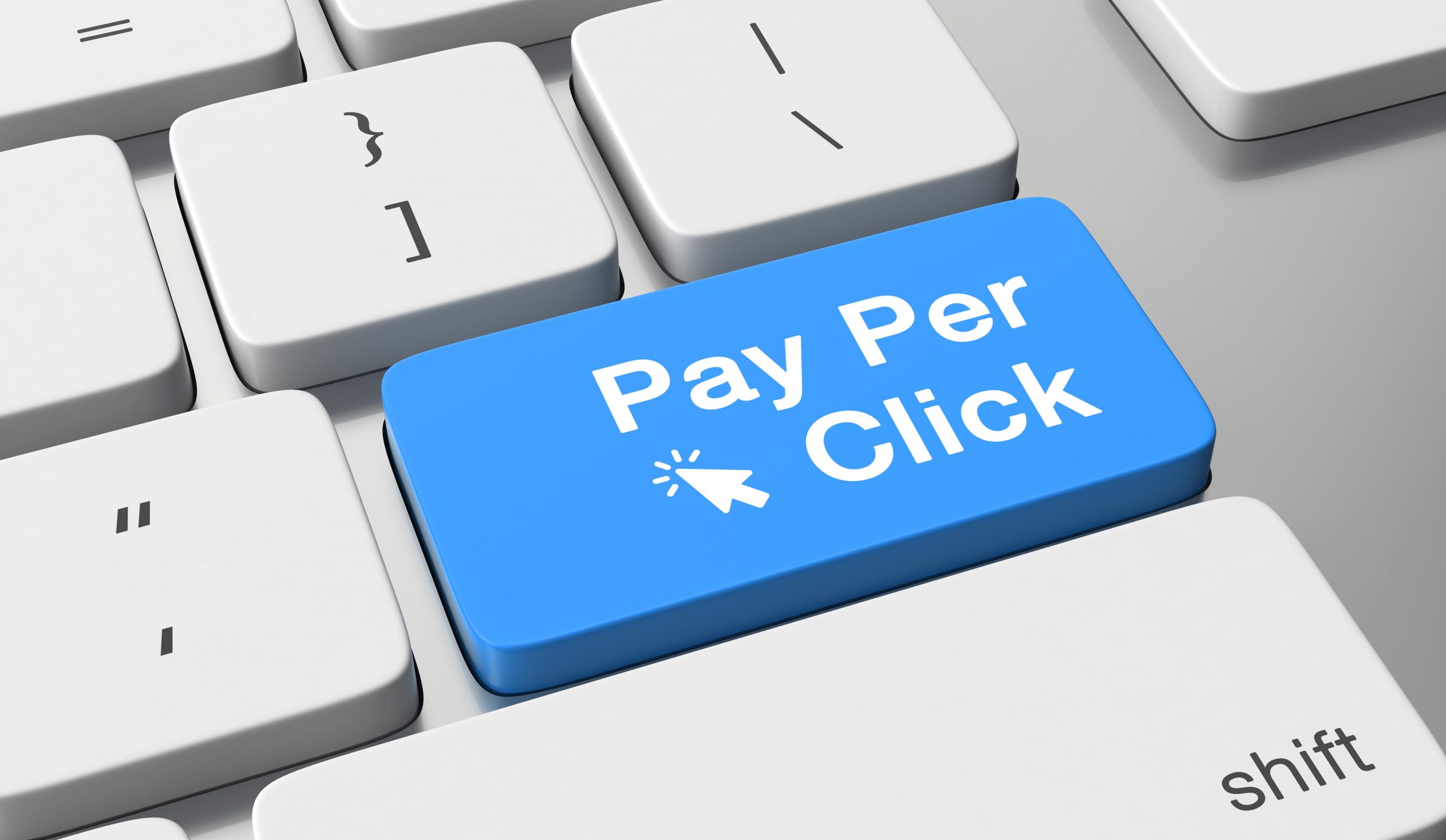In the digital marketing landscape, two primary strategies dominate: Search Engine Optimization (SEO) and Pay-Per-Click (PPC) advertising. While SEO focuses on optimizing content and website structure to improve organic search rankings, PPC involves paying for ads to appear at the top of search engine results pages (SERPs).
Although these strategies are often seen as separate, they can complement each other effectively. This article explores the role of PPC in enhancing SEO strategies, demonstrating how a combined approach can lead to greater online visibility, higher traffic, and increased conversions.
Understanding SEO and PPC

SEO is a long-term strategy aimed at improving a website’s visibility in organic search results. It involves optimizing various elements such as keywords, meta descriptions, headers, and backlinks to align with search engine algorithms. The primary benefits of SEO include cost-effectiveness, sustained traffic, and enhanced credibility. However, SEO can take time to show significant results, and it requires continuous effort to maintain and improve rankings.
PPC is an online advertising model where advertisers pay a fee each time their ad is clicked. Google Ads is the most popular PPC platform, allowing businesses to bid on keywords and display ads at the top of search results. PPC provides immediate visibility and can be highly targeted, making it an effective way to drive traffic and conversions quickly. However, it can be costly, and the benefits cease once the advertising budget is exhausted.
The Synergy Between SEO and PPC

When used together, SEO and PPC can create a synergistic effect that maximizes the effectiveness of both strategies. Here are several ways in which PPC can enhance SEO efforts:
- Increased Visibility and Brand Awareness: Combining SEO and PPC ensures that your brand occupies more real estate on the SERPs. While SEO efforts help your website rank organically, PPC ads appear at the top of the page, increasing the likelihood of clicks. This dual presence reinforces brand recognition and can lead to higher click-through rates (CTR) for both paid and organic listings.
- Keyword Data Sharing: PPC campaigns provide valuable keyword data that can inform SEO strategies. By analyzing which keywords perform well in PPC ads, businesses can identify high-converting terms to target in their SEO efforts. This data-driven approach ensures that SEO campaigns focus on keywords with proven potential to drive traffic and conversions.
- Testing and Optimization: PPC allows for quick testing of keywords, ad copy, and landing pages. This rapid testing capability enables marketers to identify what works best before implementing changes to their SEO strategy. For instance, if a particular headline or call-to-action (CTA) generates high engagement in PPC ads, it can be incorporated into meta descriptions and on-page content for SEO.
- Enhanced Click-Through Rates (CTR): When users see both an organic listing and a PPC ad for the same brand, they are more likely to click on one of the links. This dual presence increases the overall CTR, driving more traffic to the website. Additionally, a high CTR on PPC ads can positively impact Quality Score in Google Ads, leading to lower costs per click (CPC) and better ad placements.
- Brand Authority and Trust: Consistent visibility in both organic and paid search results helps establish brand authority and trust. Users perceive brands that appear multiple times on SERPs as more credible and authoritative. This perception can lead to higher engagement rates and improved conversion rates.
- Faster Results and Immediate Traffic: SEO can take months to yield significant results due to the time required for search engines to crawl and index new content. In contrast, PPC campaigns can drive immediate traffic to the website. This immediate influx of visitors can be particularly beneficial for new websites or product launches, providing a quick boost while SEO efforts gain traction.
- Geo-Targeting and Local SEO: PPC allows for precise geo-targeting, enabling businesses to reach specific audiences based on location. This capability is especially useful for local SEO strategies, where businesses aim to attract nearby customers. By running geo-targeted PPC campaigns alongside local SEO efforts, businesses can dominate local search results and drive more foot traffic to physical locations.
- Recovery from Algorithm Updates: Search engine algorithms are constantly evolving, and updates can sometimes negatively impact organic rankings. In such cases, PPC can act as a safety net, ensuring continued visibility and traffic while SEO strategies are adjusted. This dual approach mitigates the risk of sudden drops in organic traffic due to algorithm changes.
Practical Steps to Integrate PPC and SEO

To effectively integrate PPC and SEO strategies, businesses should follow these practical steps:
- Conduct Comprehensive Keyword Research: Begin by conducting thorough keyword research to identify high-performing keywords for both PPC and SEO. Use tools like Google Keyword Planner, SEMrush, and Ahrefs to gather data on search volume, competition, and CPC.
- Align Messaging and Branding: Ensure consistency in messaging and branding across PPC ads and SEO content. This alignment reinforces brand identity and creates a cohesive user experience. Use similar headlines, CTAs, and visual elements in both paid and organic campaigns.
- Monitor and Analyze Performance: Use analytics tools to track the performance of PPC and SEO efforts. Google Analytics and Google Search Console provide valuable insights into traffic sources, user behavior, and conversion rates. Regularly review this data to identify trends, strengths, and areas for improvement.
- Optimize Landing Pages: Create dedicated landing pages for PPC campaigns that are optimized for conversions. These pages should be aligned with SEO best practices, including relevant keywords, clear CTAs, and mobile-friendly design. A well-optimized landing page enhances user experience and improves both PPC Quality Score and organic rankings.
- Implement A/B Testing: Continuously test different elements of PPC ads and SEO content to determine what resonates best with your audience. A/B testing headlines, ad copy, images, and CTAs can provide valuable insights that inform future optimizations.
- Leverage Remarketing: Use remarketing campaigns to re-engage users who have previously visited your website but did not convert. By targeting these users with tailored PPC ads, you can bring them back to your site and increase the likelihood of conversions. This strategy works well in conjunction with SEO efforts to nurture leads over time.
- Coordinate Campaign Timing: Plan and coordinate the timing of PPC and SEO campaigns to maximize impact. For example, running a PPC campaign during a product launch or promotional period can provide immediate visibility, while ongoing SEO efforts build long-term organic traffic.
Conclusion
The integration of Pay-Per-Click (PPC) advertising and Search Engine Optimization (SEO) creates a powerful synergy that enhances overall digital marketing effectiveness. By leveraging the strengths of both strategies, businesses can achieve increased visibility, higher traffic, and improved conversion rates.
PPC provides immediate results and valuable data that inform SEO efforts, while SEO builds long-term credibility and sustained traffic. Together, they form a comprehensive approach that maximizes the potential of online marketing. As the digital landscape continues to evolve, businesses that effectively integrate PPC and SEO will be well-positioned to achieve their marketing goals and stay ahead of the competition.

